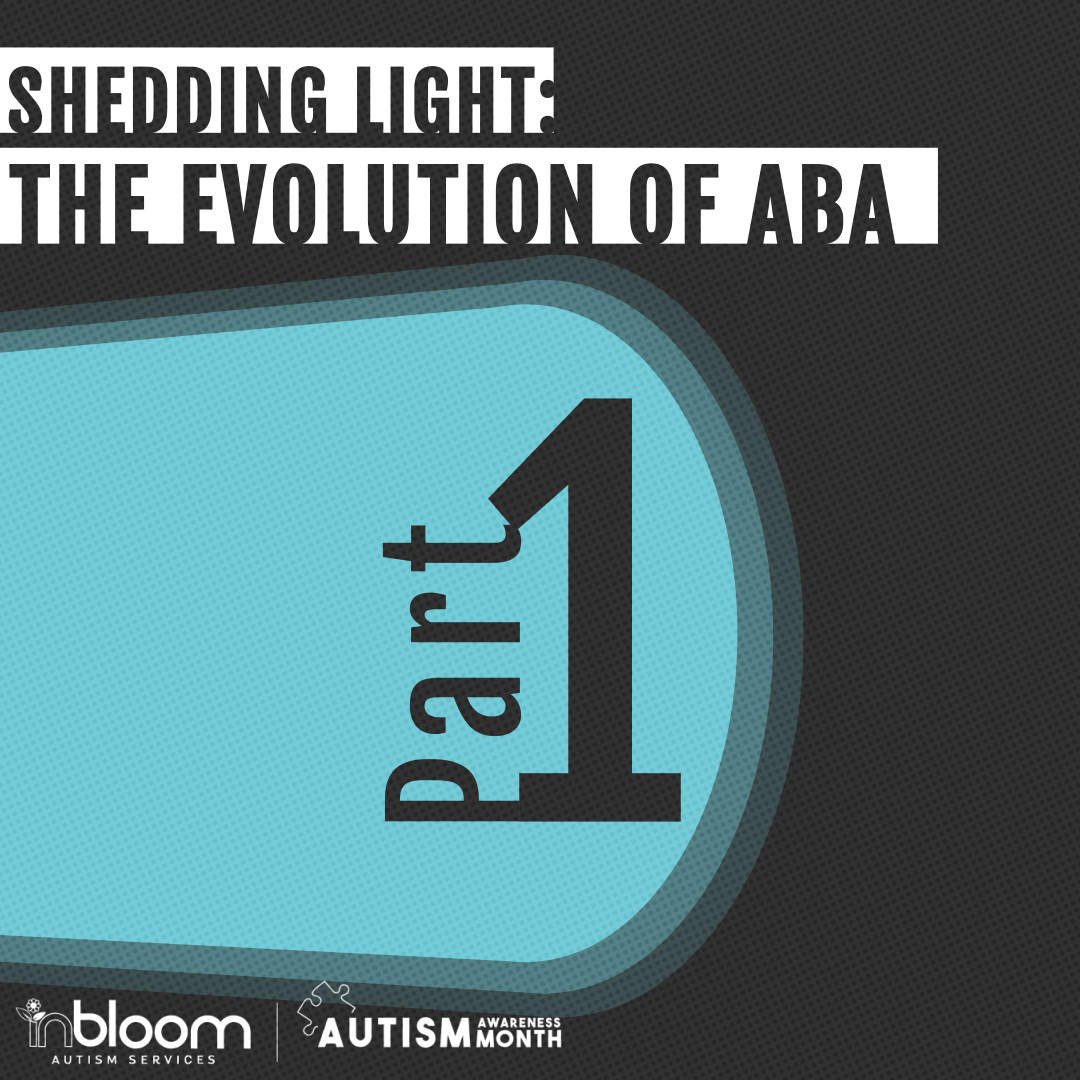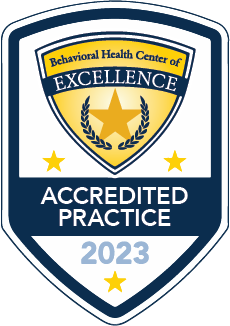Is ABA Abusive? Understanding the Evolution of Therapy

ABA Therapy is one of those practices that’s misunderstood (cue the Bon Jovi), and is sometimes found stirred up in the heat of the media. For those who understand the field, it’s easy to see how ABA practices can be misconstrued and misunderstood–Some of the terminology is taken out of context, and many people are not well versed in the jargon. Additionally, ABA’s history stems from a science that wasn’t well regulated in its early use in the 1970s and 80s. On top of all that, there are also some unqualified professionals claiming to provide “ABA services” which can only make things muddier. We’ll break it all down for you…
Why do people think this way, and what has changed?
Well, for starters, punishment procedures were heavily used in ABA’s early days (the 60s – 80s) because they garnished effective results quickly. Back then, controversial treatments such as yelling, hitting, and Electrocurrent shock (ECT) were used in association with ABA therapy because of Autism’s former association with psychiatric disorders. Over time, science has showed that positive reinforcement (incentivizing rewards) paired with teaching replacement behaviors proved to bring a more lasting change to the behaviors, causing the industry to shift towards this style of therapy. A quality ABA provider should focus on using these methods to increase appropriate behaviors. The most important benefit of this shift has been recognizing and supporting the rights of the individual with Autism. By eliminating the abusive techniques used by early psychologists and implementing ethical procedures that are not harmful, ABA has shaped the field into an industry that is now positive, nurturing, and is always done with the individual’s best interest in mind.
Extinguish… What does that mean?
Some of our jargon and technical terms even sound harsh. This one’s our fault! In general, the terms that the industry has chosen to represent our procedures don’t sound that great (give us a bit of a pass here–the founders of ABA weren’t English majors!). We use terms like maladaptive behaviors, planned ignoring, and denied access. These words, despite their harshness, are actually just terms for every day procedures–many of which you may already be using in your home under some different names!
How does Natural Environment Teaching (NET) work?
Another shift in the industry deals with the style in which we teach new skills. Instead of working with your child at the table and drilling them with flashcards, many quality ABA providers (such as InBloom) focus on Natural Environment Teaching (NET). This is a method of teaching that is play based, and makes your child feel like they’re hanging out with a friend rather than “doing work”. During this play time, therapists contrive learning opportunities to work on target skills! Many professionals advocate that this naturalistic style play is best suited for the minds of young learners, rather than having them sit at the table to work for several hours.
Learn more about InBloom’s ABA Therapy programs for children with autism.
Who regulates these treatments to make sure that they’re appropriate and ethical?
Another concern in ABA’s past has been the loose regulations on the therapists providing 1:1 therapy. It wasn’t until 2014 that the industry created the RBT (Registered Behavior Technician) credential to help regulate and certify qualified practitioners. This was a MAJOR step in regards to quality control in making sure that the therapists working directly with your children are trained in the basic fundamentals of Behaviorism. It must be noted that not all companies require this certification however…which is probably because it requires consistent regular supervision from a Board Certified Behavior Analyst.
Here at InBloom Autism Services we not only require this certification for our therapists, but also provide additional and ongoing support and coaching to make sure their daily practices with clients are appropriate and ethical. This training is crucial to ensuring that therapy providers are practicing under ethical guidelines that help to prevent unethical treatment and mishandling of behaviors. When therapists are well trained and have continuous hands-on support, they are less likely to experience burnout, and are more likely to perform in line with industry standards for quality care. Always be sure to check with providers and to ask about the type of certifications and training required for their therapists.
RBTs are now required to complete at least 3 hours of training on ethics before qualifying for certification, and are upheld to a set of ethical guidelines. Behavior Analysts, or the supervisors of a case, have ongoing requirements for ethical training each year.
Analysts and therapists are both required to report any ethical violations to the board who governs the industry. To check if the therapist who is working with your child is actively certified, you can search the public records database here: CERTIFICATION VERIFICATION DATABASE.
Positive change in ABA Therapy
At the end of the day, we can definitely say that ABA has taken a big turn for the best. Qualified professionals are paving the way for providing top-notch therapy that puts ethics at the front of the line. Many companies like InBloom are championing for the children we work with every day, and advocate for providing the best services. Keep checking back for regular updates on industry changes, and ways to make the most out of your ABA experience. This was part 1 in a 5 part series “Shedding Light: The Evolution of ABA”. Check back each week for the next post, or click on the “The Evolution of ABA” series header to see all of the articles that have been released.
——————————————————————————————————————-
InBloom Autism Services specializes in early intervention ABA Therapy. Our certified therapists undergo training to implement teaching programs specifically designed for children aged 5 and under with autism. Our Learning Centers also offer a safe and enjoyable environment for children to interact and practice social skills with their peers. Find a Learning Center near you!


